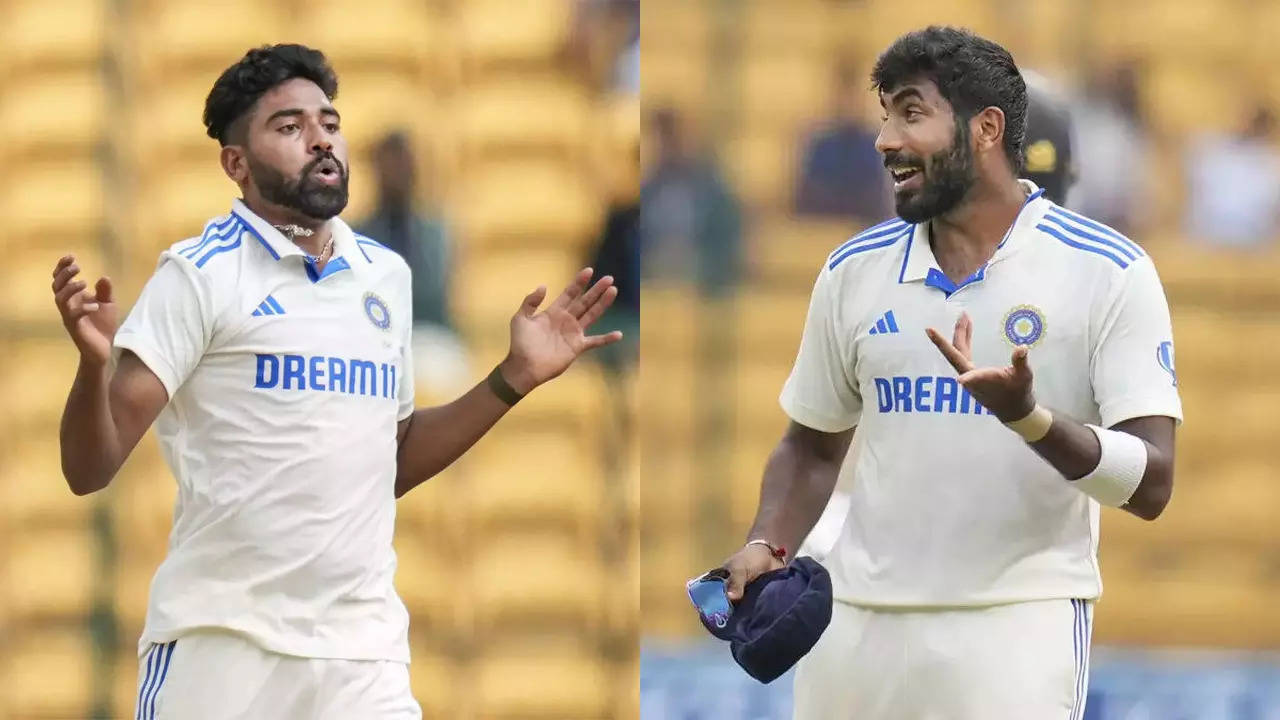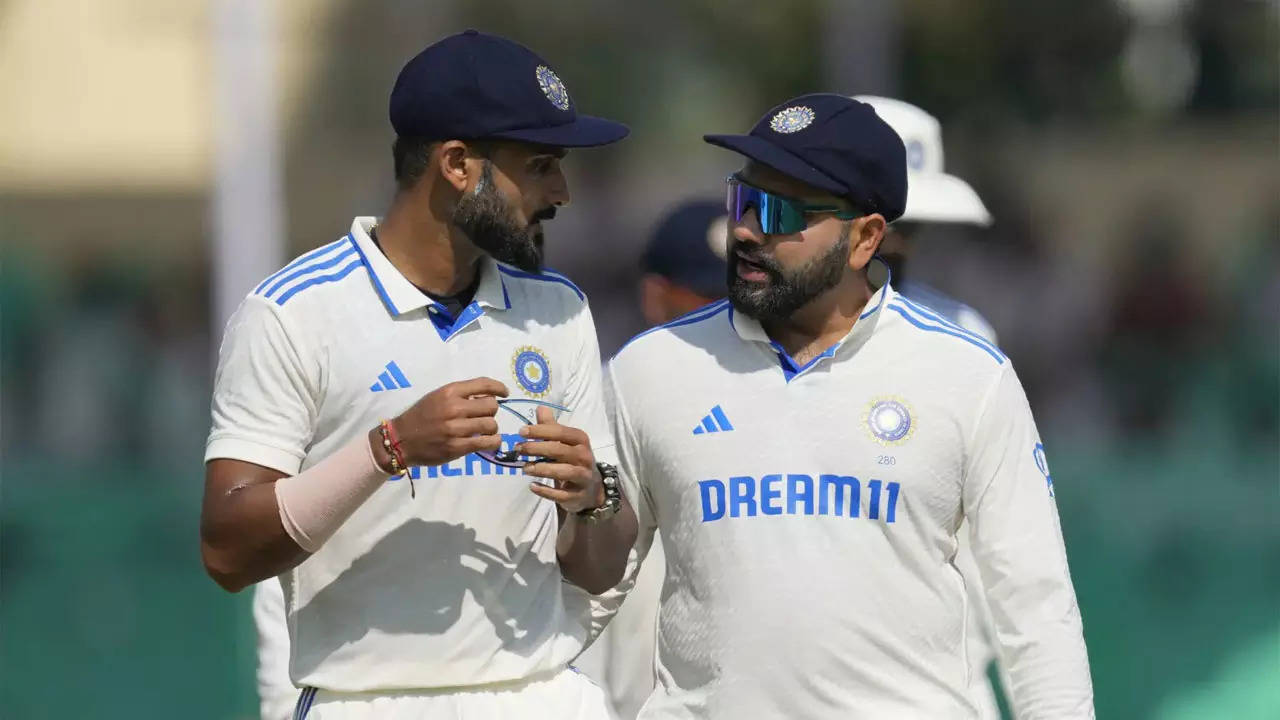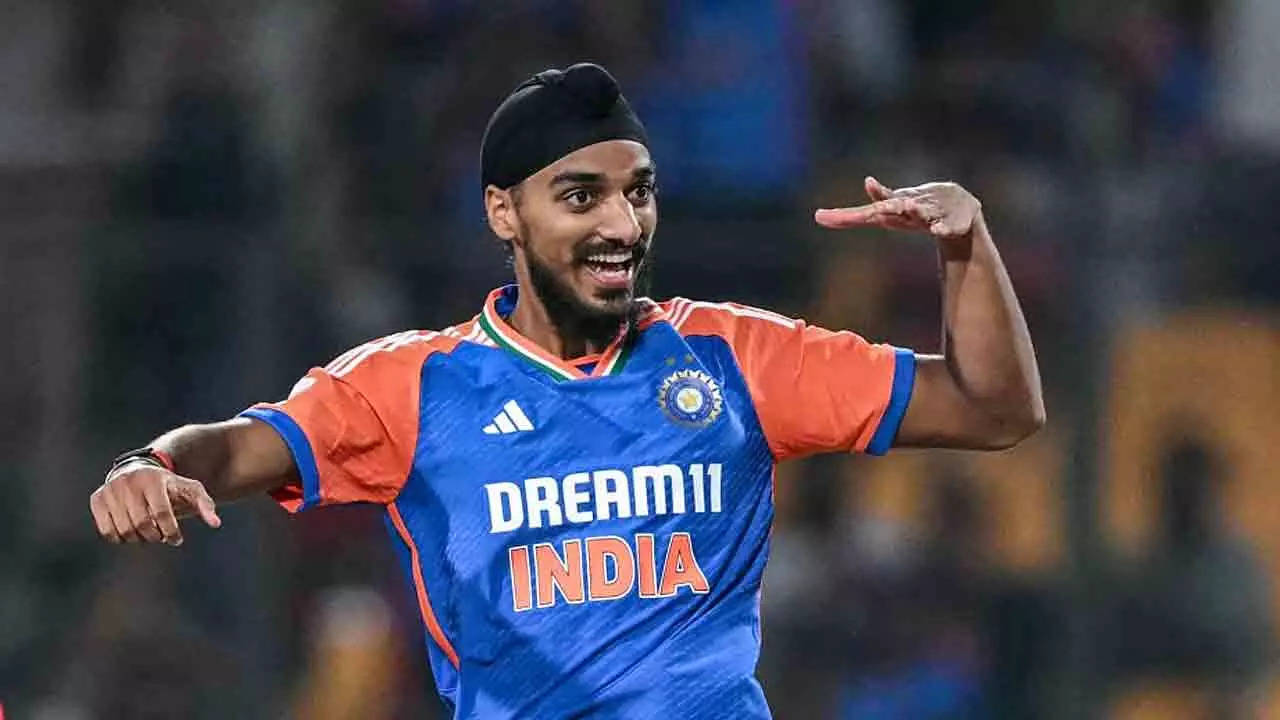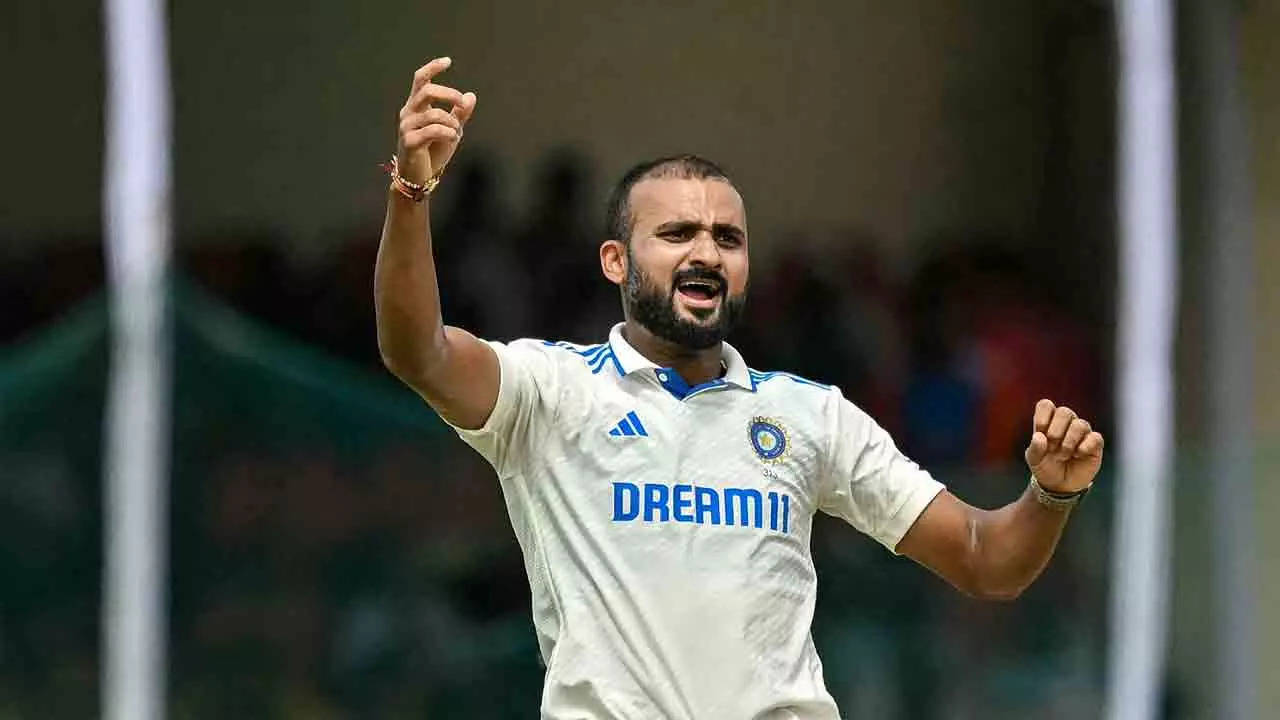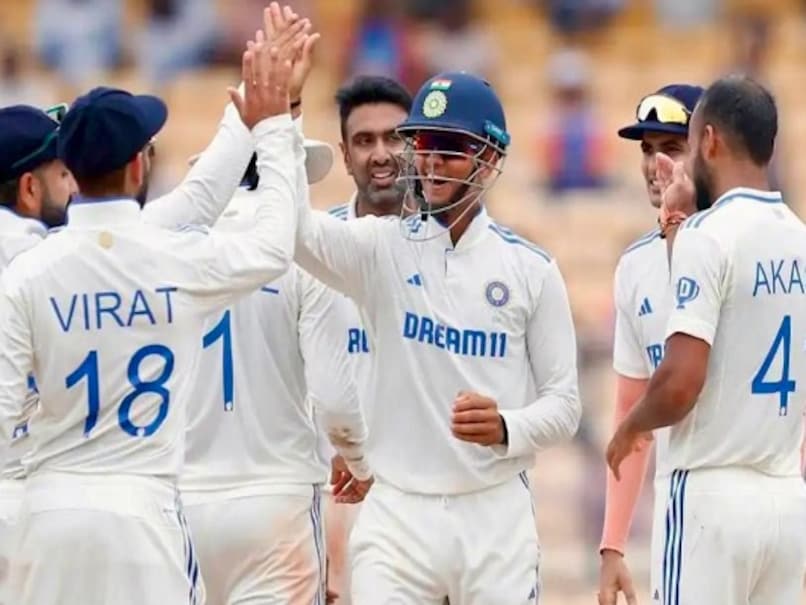India’s Pace Attack Faces Test in Australia Amid Shami Absence
India’s pace attack faces a daunting task in the upcoming Test series against Australia, with the absence of Mohammed Shami casting a shadow over the team’s bowling plans. While Jasprit Bumrah remains the undisputed leader of the attack, the supporting cast of Mohammed Siraj, Akash Deep, Prasidh Krishna, and Harshit Rana lacks experience and consistency.
During the previous tour of Australia in 2020-21, India’s pace attack was a formidable force, with Bumrah, Shami, and Ishant Sharma leading the charge. However, this time around, the support cast appears undercooked, raising concerns about their ability to complement Bumrah effectively.
Siraj, who emerged as India’s next pace leader on the last tour, has struggled for form in recent times. His rhythm seems to be off, and he has been unable to find his consistency. The added pressure of leading the attack in Shami’s absence could further affect his performance.
Prasidh Krishna, another promising pacer, has the ability to generate bounce from a fuller length, but he needs to improve his control and consistency. Harshit Rana, a relatively inexperienced bowler, has been picked ahead of more experienced options like Mukesh Kumar, raising questions about the team management’s decision-making.
Former India bowling coach Paras Mhambrey believes that it takes time for pacers to mature and that patience is key. However, he acknowledges that the current crop of bowlers lacks the experience of the previous generation.
With the series set to decide India’s fate in the World Test Championship, the inexperienced pace attack will be under immense pressure to perform. If they can rise to the occasion and provide Bumrah with the support he needs, India has a chance of repeating their triumph from the last tour.

